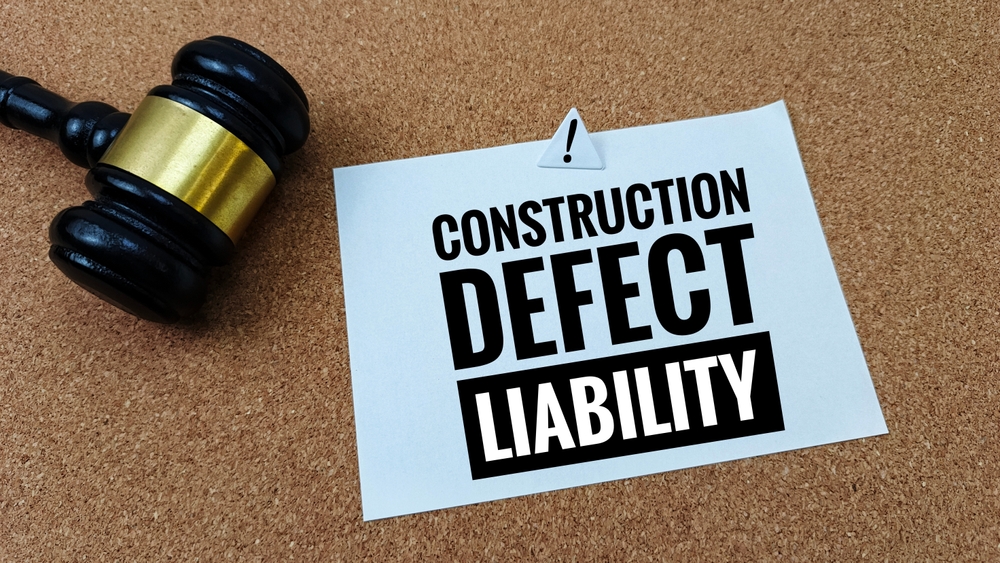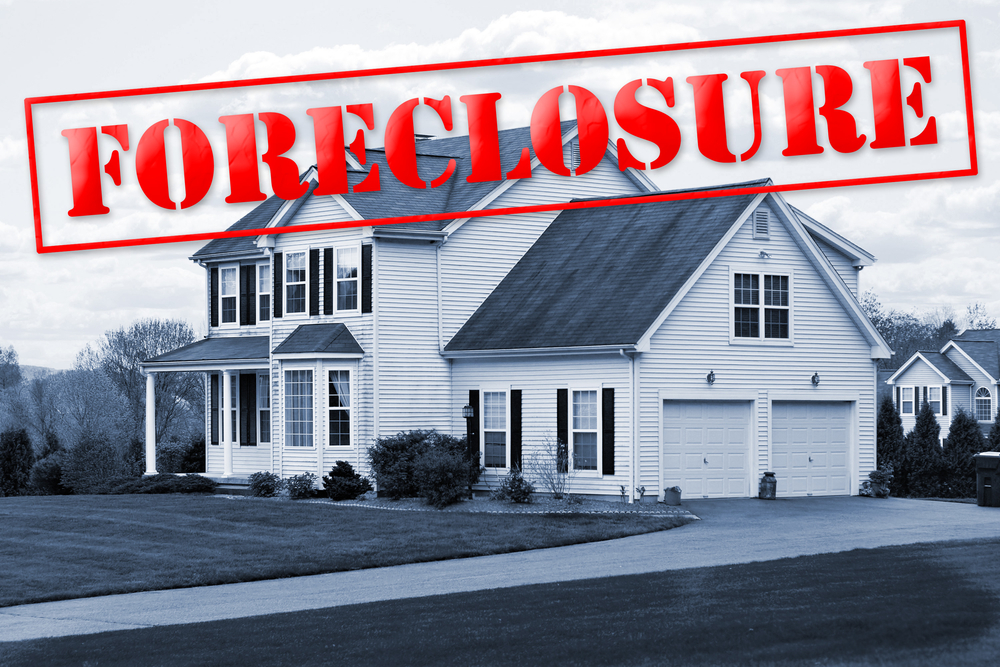

In Colorado, homeowners or other parties involved in foreclosure proceedings have the right to “cure” certain defaults before a foreclosure sale occurs. This statute, § 38-38-104, outlines the process and requirements for curing defaults related to nonpayment or technical defaults under a deed of trust or other lien being foreclosed. Let’s break down this law to understand how it works and who is eligible to take advantage of this right.
Under this statute, several individuals and entities have the right to cure a default if they meet specific criteria. Generally, those who can cure include:
To cure a default, the person wishing to remedy the situation must take the following steps:
Once a notice of intent to cure is received, the officer handling the foreclosure must promptly request a cure statement from the holder of the debt (typically the lender or servicer). This statement details the exact amount necessary to cure the default, including any fees, interest, and other charges. The officer must request this cure statement at least 12 days before the sale.
The cure statement will include:
If there is a delay in curing the default, or if new amounts are added to the debt, the cure statement may be updated. If this happens, a new cure statement must be submitted with updated figures. Any discrepancies or changes in amounts must be communicated to the officer handling the sale within 10 days of discovery.
If the cure is not made in time or the payments are insufficient, the foreclosure sale may proceed. However, if the holder of the debt does not file the required cure statement by the deadline, the foreclosure sale will be continued for at least one week. The sale can continue to be postponed each week if the cure statement is not filed, up to the limit prescribed by law.
In cases where the default is not related to nonpayment (for example, a failure to submit required documents such as tax returns or balance sheets), the person curing the default may provide the necessary documents to satisfy the lender’s requirements. However, all sums due under the debt must still be paid, and the cure process follows the same steps as for monetary defaults.
If the cure is successfully completed, the foreclosure process is halted, and the homeowner or other party who cured the default is treated as if the default had never occurred. However, the interest charged during any continuance of the foreclosure sale will be at the regular rate, not the default rate, provided that the cure is completed.
All statements, receipts, and documents related to curing a default must be maintained and made available to the person who paid the cure amount. The holder or servicer of the debt must retain copies of all receipts and documents for at least 90 days after the cure payment.
This statute is essential because it provides homeowners and other interested parties a chance to stop the foreclosure process and retain ownership of the property. It creates an opportunity for them to address defaults—whether related to missed payments or other technical issues—before the sale of the property occurs.
If you are involved in a foreclosure in Colorado, understanding § 38-38-104 can be critical. Whether you are a homeowner seeking to save your property, a co-owner, or a creditor with a junior lien, knowing your right to cure the default can give you the opportunity to correct the situation before it’s too late.
For those considering using this right, it’s advisable to consult with a qualified attorney to ensure that the cure process is done correctly and within the prescribed time limits. This can potentially save a property from being sold at foreclosure and provide the necessary breathing room to resolve the underlying issues.
Karalynn Cromeens is the Owner and Managing Partner of The Cromeens Law Firm, PLLC, with over 17 years of experience in construction, real estate, and business law. A published author and passionate advocate for contractors, she has dedicated her career to protecting the businesses her clients have built. Karalynn is on a mission to educate subcontractors on their legal rights, which inspired her books Quit Getting Screwed and Quit Getting Stiffed, as well as her podcast and The Subcontractor Institute.

